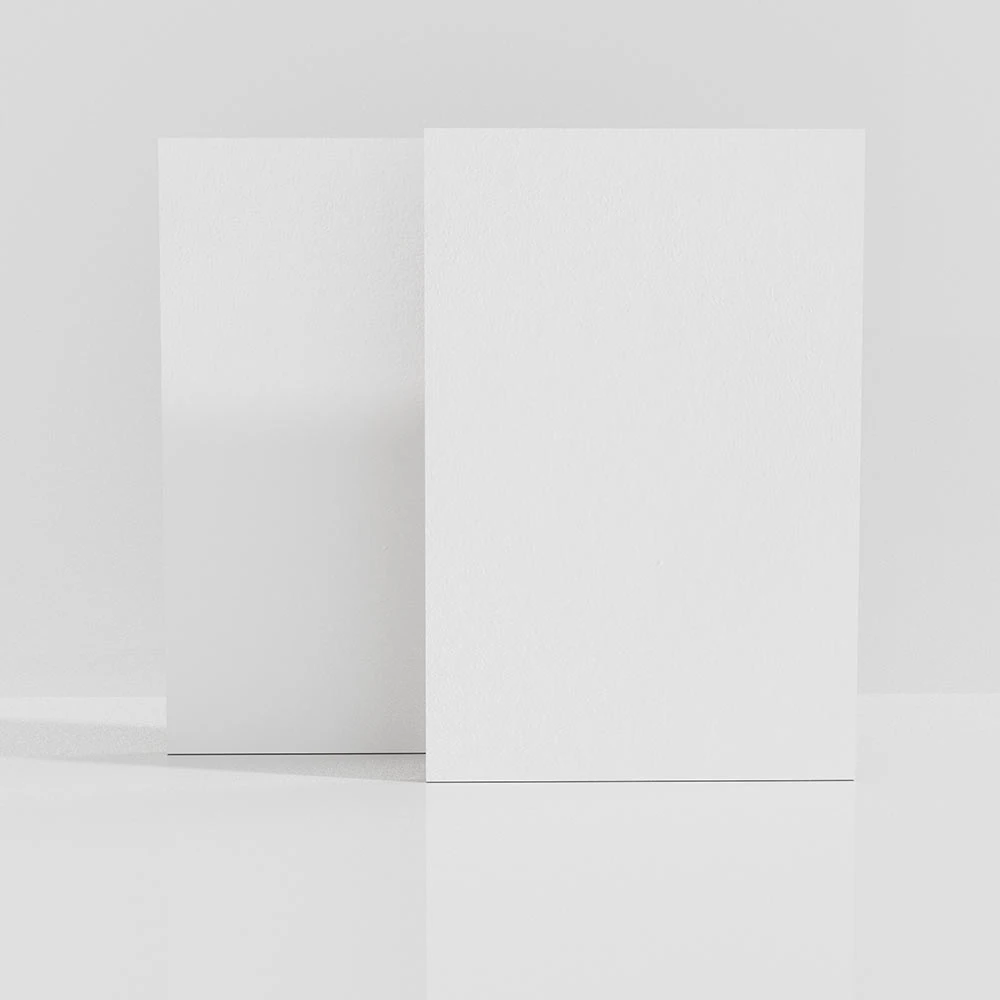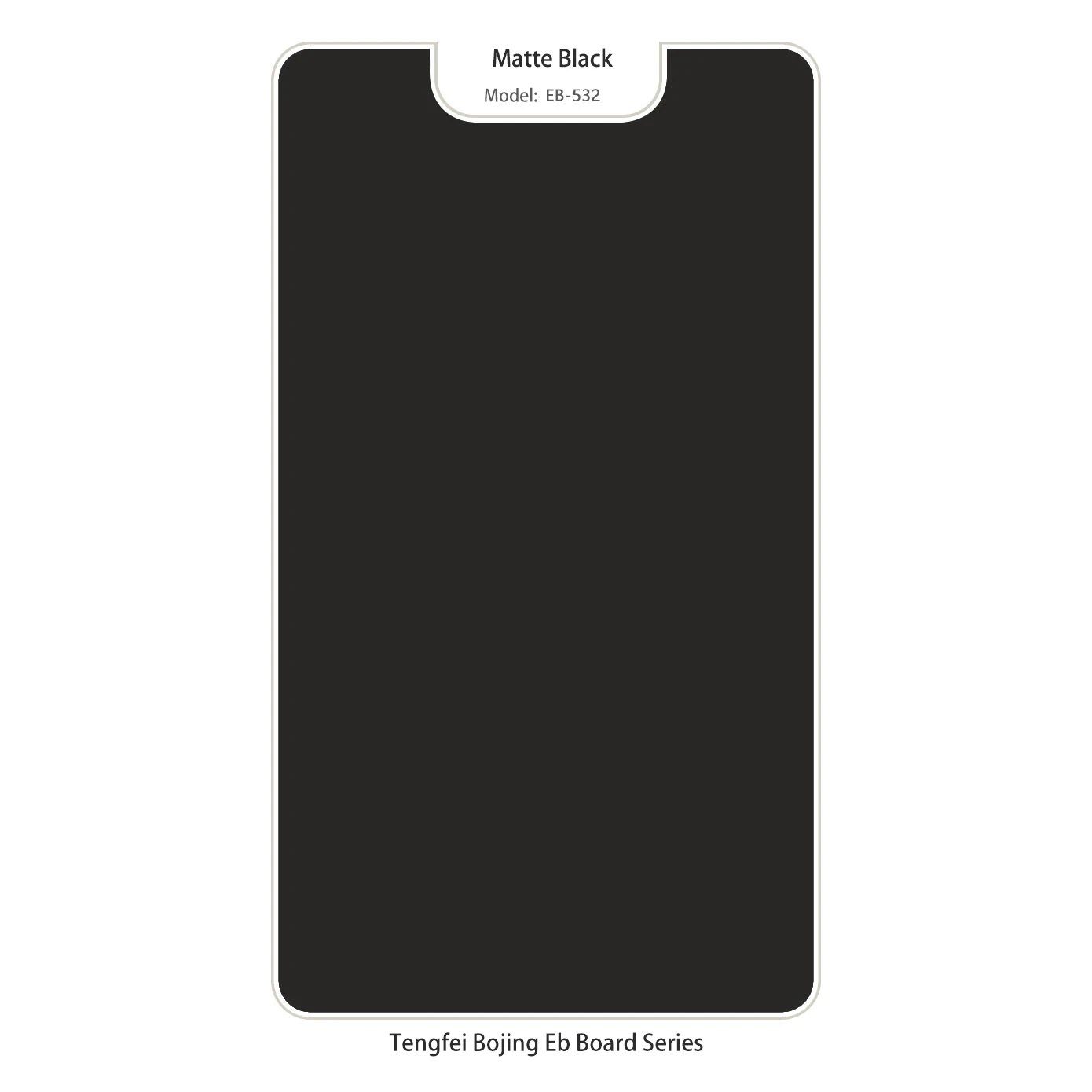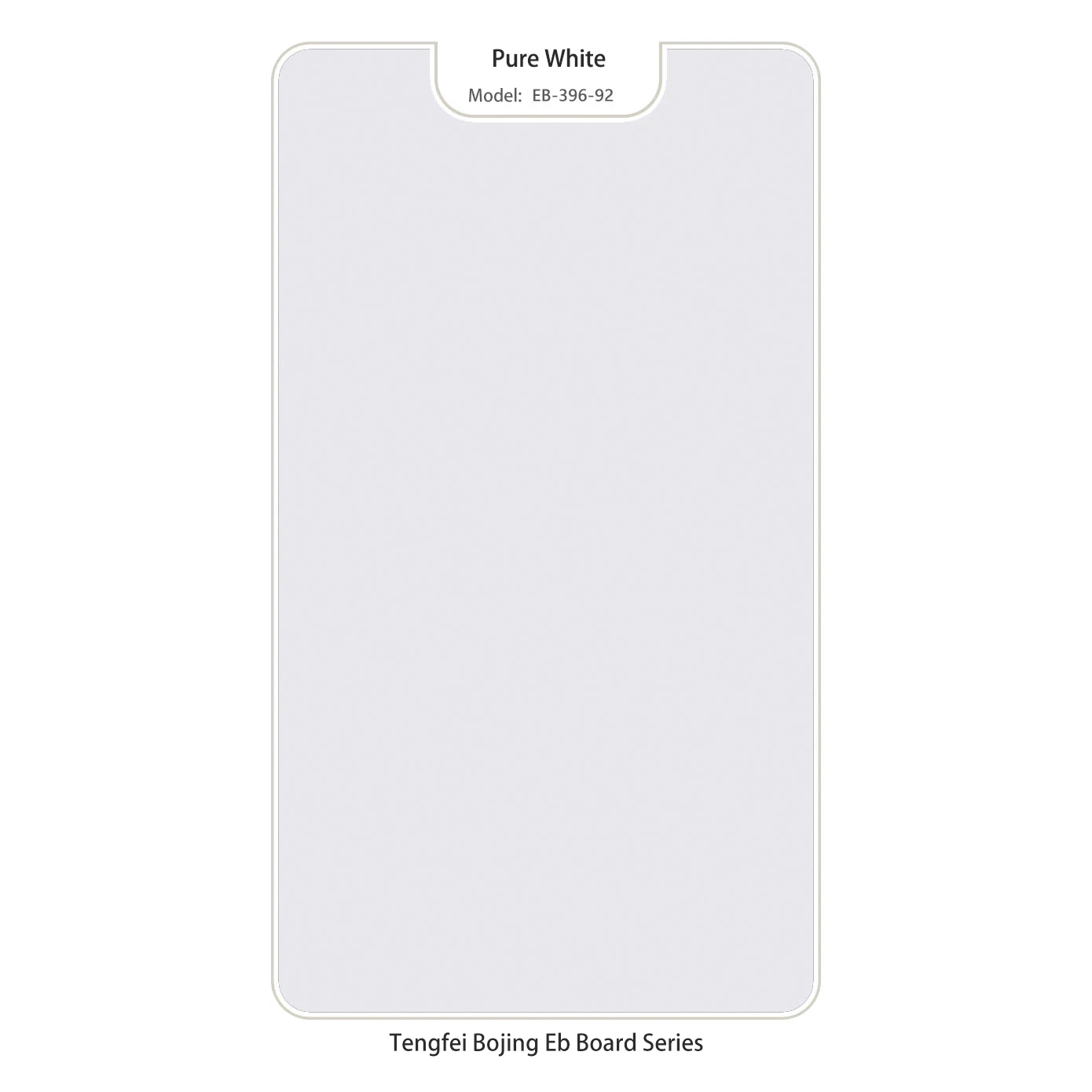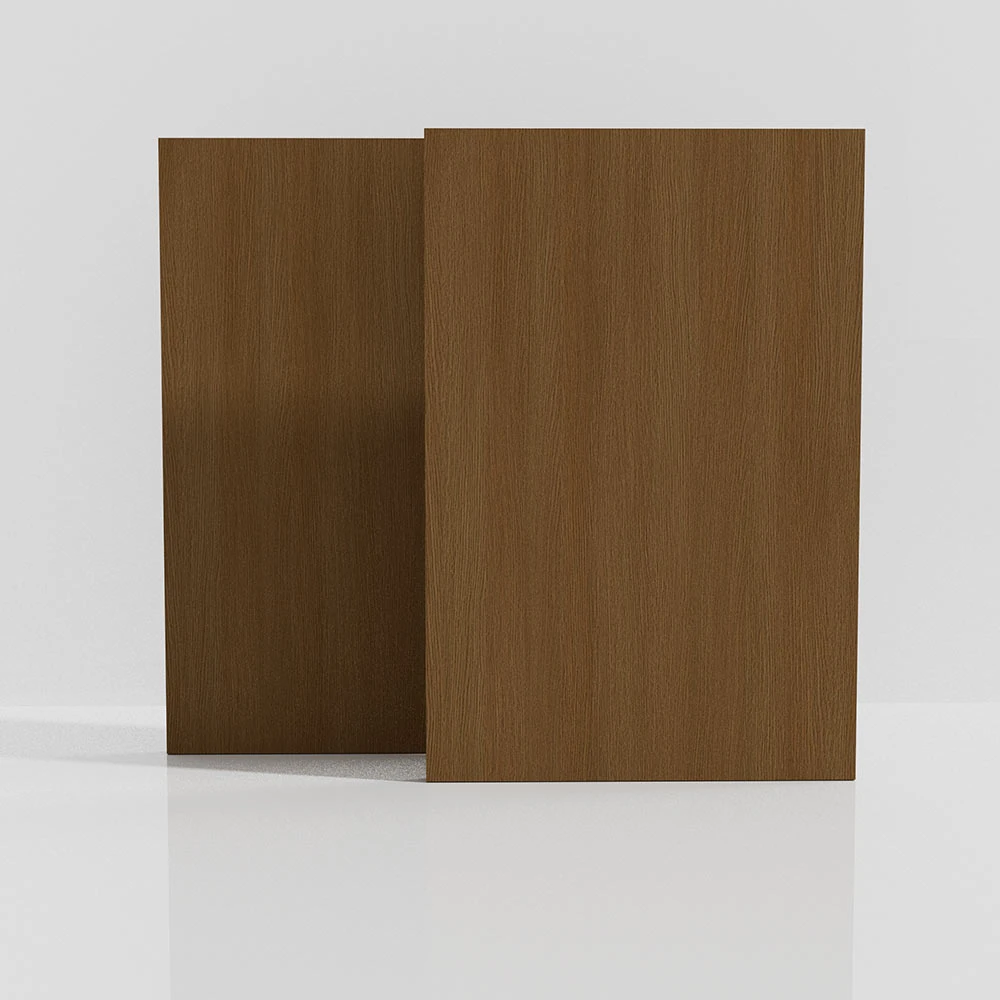- Introduction to black ash veneered mdf
and overall outline
- Physical and technical characteristics of ash veneered MDF boards
- Market data and trend analysis
- Comparative analysis of major manufacturers
- Customization strategies and practical considerations
- Application scenarios and case studies
- Conclusion highlighting the relevance of black ash veneered mdf in modern interiors

(black ash veneered mdf)
Unlocking the Potential of Black Ash Veneered MDF in Design
In today’s design landscape, material versatility and aesthetic adaptability are paramount. Among the many engineered wood options, black ash veneered mdf has rapidly gained prominence due to its distinct grain, bold contrast, and adaptability. This article explores the key properties, market trends, comparative manufacturer analysis, customization capabilities, real-world applications, and concludes with a reflection on its industry relevance. Alongside black ash veneered mdf, we will also touch upon its close alternatives: white ash veneered mdf and general ash veneered mdf board, ensuring readers gain a comprehensive understanding of these materials' strengths and differences.
Technical Excellence and Defining Features
Ash veneered MDF boards combine the strength and uniformity of medium density fiberboard with the naturally appealing surface of ash wood veneer. The veneered layer, whether black or white, is selected for consistency and durability.
Key properties:
- Uniform Core: Produced under high pressure and temperature, ensuring dimensional stability and smoothness for precise machining.
- Surface Hardness: Processed veneers often attain a Brinell hardness index between 2.7–3.5, outperforming bare MDF and most alternative finishes.
- Moisture Resistance: Modern black and white ash veneered MDF can be ordered with enhanced resistance, bio-protection, and low formaldehyde emissions (often E0/E1 standards).
- Colorfast UV Finishes: Cutting-edge lacquers and UV-cured topcoats preserve black ash’s deep shade or white ash’s neutrality even under intense lighting.
According to recent laboratory testing, veneered MDF panels maintain more than
94% shape retention after 1,000 humidity cycles, versus 76% for traditional solid wood panels. This demonstrates a clear technical advantage when performance and longevity are priorities.
Market Data and Trend Analysis
The global MDF market was valued at approximately $37 billion in 2023, according to Statista, with veneered variants representing around 12% of total demand. The ash species segment, driven by design trends and sustainability initiatives, posted a CAGR of 8.4% in the last five years. Black ash veneered MDF is projected to account for nearly 36% of ash-veneered sales in 2025. Geographic distribution indicates that the highest consumption arises from:
- Europe: High-end furniture and cabinetry offerings capitalize on black ash’s modern-luxury look.
- North America: Architects and developers utilize black and white ash veneered MDF in both residential and commercial interiors for accent panels and fixtures.
- Asia Pacific: Demand is mounting for eco-friendly, customizable panels for retail and hospitality chains.
Sustainability continues to steer procurement, with over
68% of commercial project managers specifying FSC- or PEFC-certified panels in public projects last year. Adoption of low-emission and recycled substrate MDF is also on the rise.
Comparative Analysis of Major Manufacturers
Selecting a suitable supplier for ash veneered MDF boards, especially in black or white variants, hinges on several factors: veneer sourcing, pressing technology, dimensional options, customization, and after-sales support. Below is a data-based comparison of leading manufacturers in 2024:
| Manufacturer |
Country |
Standard Sheet Sizes (mm) |
Veneer Options |
Customization |
Certifications |
Warranty (years) |
| Kronospan |
Austria |
2440x1220, 3050x1220 |
Black, White Ash, Custom |
Color match, cut-to-size |
FSC, CARB, E1 |
5 |
| Egger |
Germany |
2800x2070 |
Black, White Ash |
Digital patterns, perforation |
PEFC, E0, ISO14001 |
7 |
| Greenpanel |
India |
2440x1220 |
Natural, Black, White Ash |
Fire-retardant, moisture-proofing |
IS 12406, Green Label |
3 |
| Jiangsu Mayson |
China |
2440x1220, 3050x1220 |
Black, White Ash, Exotic |
Edge-banding, CNC routing |
CARB P2, FSC |
2 |
Notably, manufacturers like Egger and Kronospan compete on advanced technology and environmental certifications, while Asian counterparts provide greater flexibility for bespoke options. Selecting the right source often comes down to balancing logistics, order sizes, and project specifications.
Customization Strategies for Project Success
The competitive edge of black ash veneered mdf and its white ash variants extends beyond the raw product to the myriad ways these panels can be tailored for distinct projects. Selecting the right core thickness — typically 6mm, 12mm, or 18mm — directly impacts structural integrity and installation methods.
- Surface Treatments: From ultra-matte to high-gloss, topcoat finishes provide scuff resistance and desired light reflectivity, critical for retail and hospitality environments.
- Color Matching: Black ash shades may be calibrated using custom stains or dyes to align with branded color palettes or to achieve seamless integration in existing interiors.
- Textural Detailing: Embossed or wire-brushed finishes mimic solid timber at a fraction of the weight and cost.
- Machining & Fabrication: CNC-milled patterns, inlays, or perforations upscale standard panels into feature elements for lobbies or workspaces.
- Environmental Treatments: Zero-added formaldehyde and moisture-resistant cores can be specified for health-sensitive or high-traffic settings.
Modern supply chains allow for virtually any panel to be fabricated to specification within 2–4 weeks, offering flexibility to meet fast-paced construction or fit-out programs.
Applied Innovation: Real-World Scenarios and Case Studies
The application spectrum for ash veneered MDF boards is vast, spanning luxury residences, corporate offices, cultural centers, and customized retail installations. Here are some illustrative deployments:
High-End Residential: In a London penthouse project (2023), over 600 sqm of black ash veneered mdf was installed for bespoke wall paneling, closet systems, and cabinetry. The result delivered both tactile appeal and visual sophistication, reducing total fit-out cost by 29% relative to traditional hardwood solutions.
Commercial Interiors: An NYC tech firm’s new HQ featured white ash veneered MDF reception desks and dividing walls, selected for acoustic properties and rapid installation—saving over 200 labor hours versus alternatives.
Retail Chains: A multinational fashion retailer rolled out black ash feature panels for 70+ outlets, leveraging the flame-retardant customization to comply with local regulations and ensure a consistent customer experience across continents.
Data Snapshot:
| Project Type |
MDF Variant Used |
Area (sqm) |
Cost Savings (%) |
Installation Time Saved (hrs) |
| Luxury Residential |
Black Ash |
600 |
29 |
180 |
| Corporate Office |
White Ash |
300 |
18 |
200 |
| Retail Chain |
Black Ash |
450 |
22 |
155 |
These scenarios underscore not just the versatility of ash veneered MDF boards but also the quantifiable benefits in efficiency and overall project value.
Conclusion: The Ongoing Relevance of Black Ash Veneered MDF in Interior Excellence
The growing demand for black ash veneered mdf is rooted in its unmatched combination of visual elegance, technical consistency, and adaptability to bespoke solutions. From rigorous laboratory data and industry adoption trends to manufacturer best practices and real-world project outcomes, it’s apparent that both design professionals and end users recognize the holistic value proposition. While alternatives such as white ash veneered mdf or generic ash veneered mdf board present unique advantages, black ash remains an archetype for contemporary design palettes, sustainability mandates, and cost-efficient performance. As the market continues to innovate in finishes and green credentials, this material will remain at the forefront of modern architecture, furniture production, and interior fit-outs for years to come.

(black ash veneered mdf)
FAQS on black ash veneered mdf
Q: What is black ash veneered MDF?
A: Black ash veneered MDF is medium-density fiberboard covered with a thin layer of black ash wood veneer. It combines the stability and affordability of MDF with the attractive appearance of black ash wood. This material is popular for furniture and interior design.
Q: How does black ash veneered MDF differ from white ash veneered MDF?
A: Black ash veneered MDF features a dark, rich finish, while white ash veneered MDF has a lighter, natural look. Both use ash veneer on MDF core, but the wood species or staining process creates the color difference. Choose based on your preferred aesthetic.
Q: What are the main uses for ash veneered MDF board?
A: Ash veneered MDF boards are commonly used for cabinets, wall panels, furniture, and doors. They provide a real wood look with easy machining and a smooth, stable surface. Their durability and cost-effectiveness make them ideal for commercial and residential interiors.
Q: Can black ash veneered MDF be painted or stained further?
A: Generally, the veneer already has a finished surface, so extra painting or staining isn’t needed. However, you can apply a clear coat for protection or to enhance gloss. For color changes, professional refinishing is recommended.
Q: Is black ash veneered MDF environmentally friendly?
A: Black ash veneered MDF uses engineered wood, making resource use more efficient. The ash veneer is a natural material, and using MDF helps reduce solid wood demand. Look for boards with certified sustainable sources for greater eco-friendliness.



